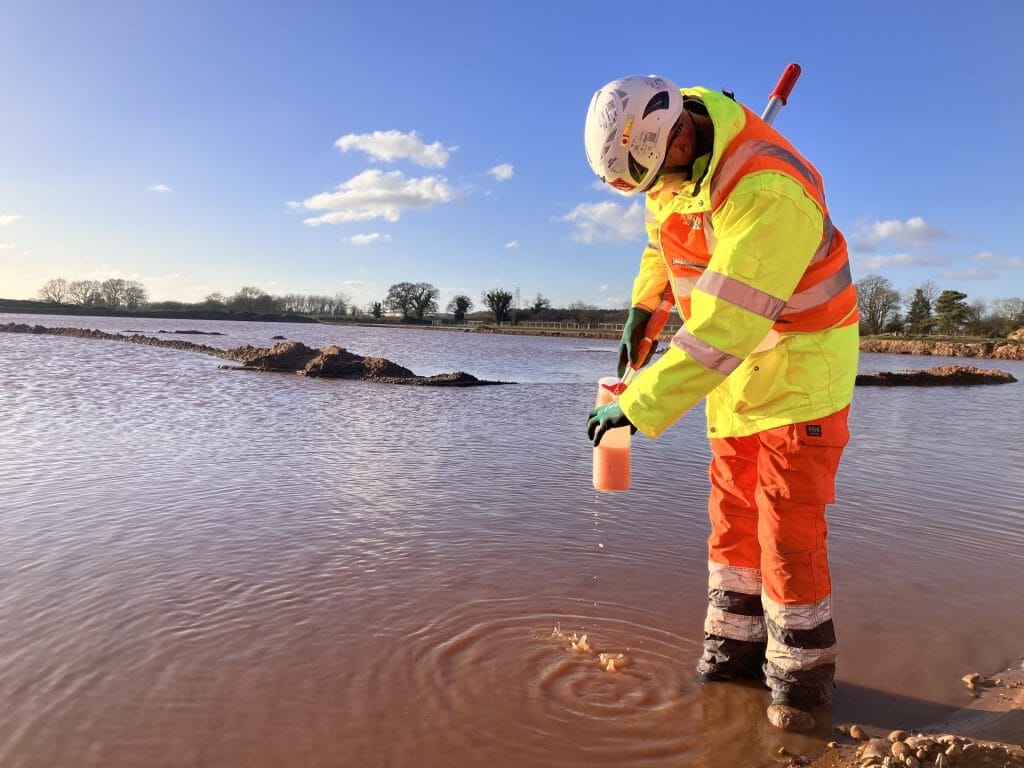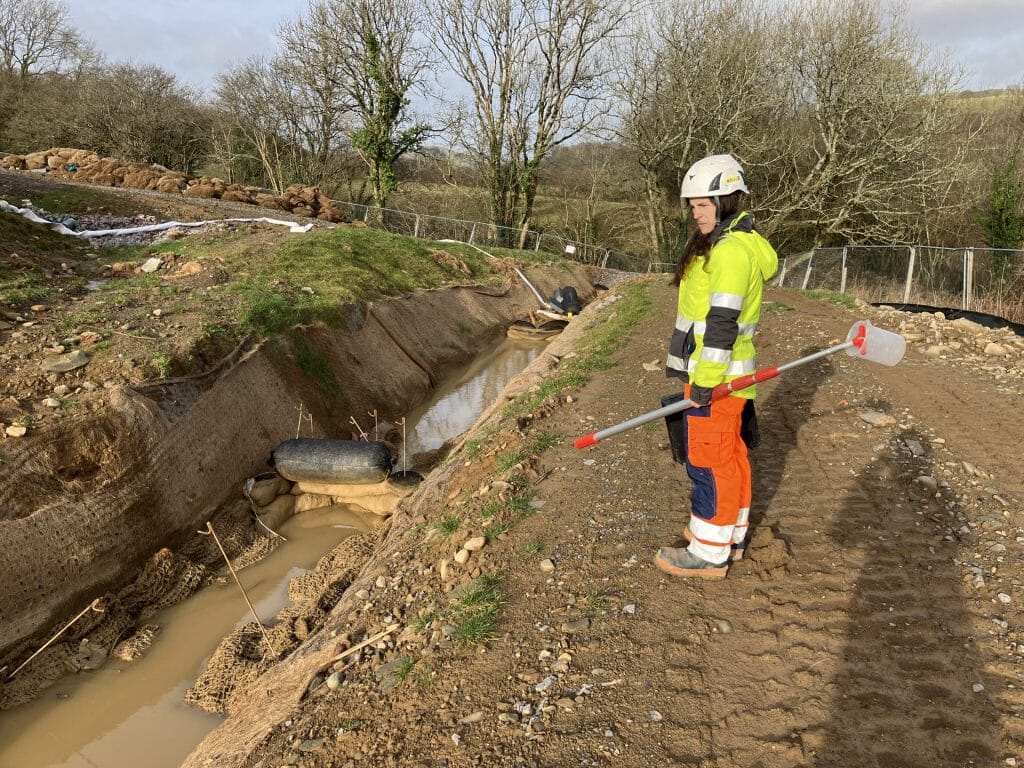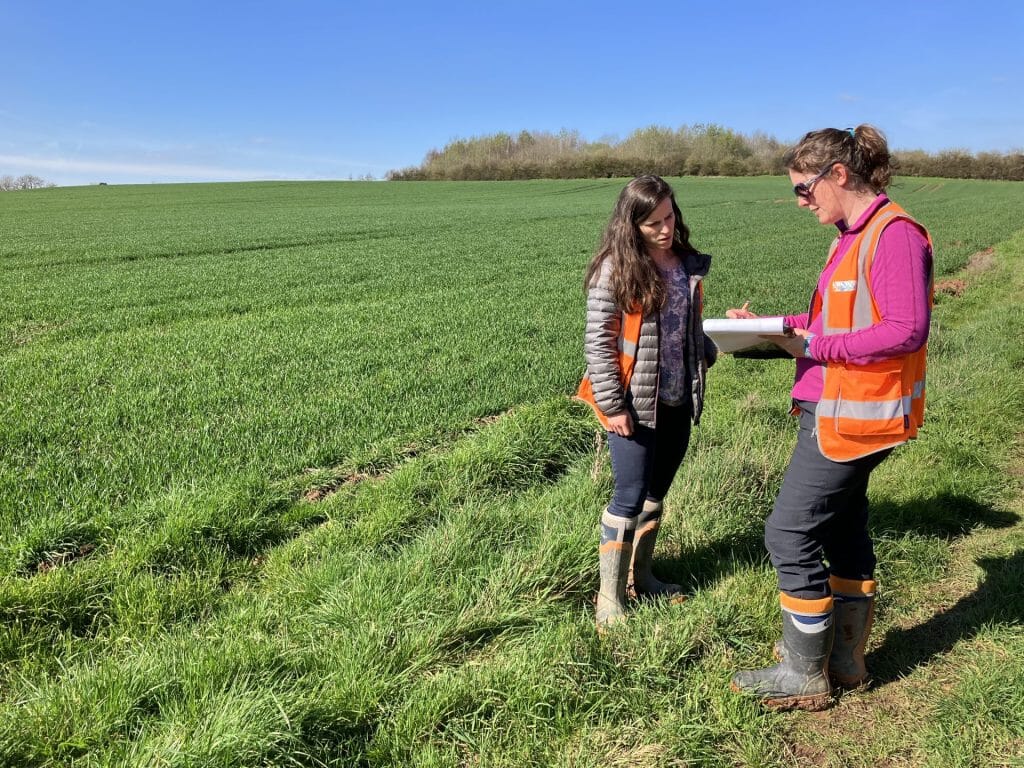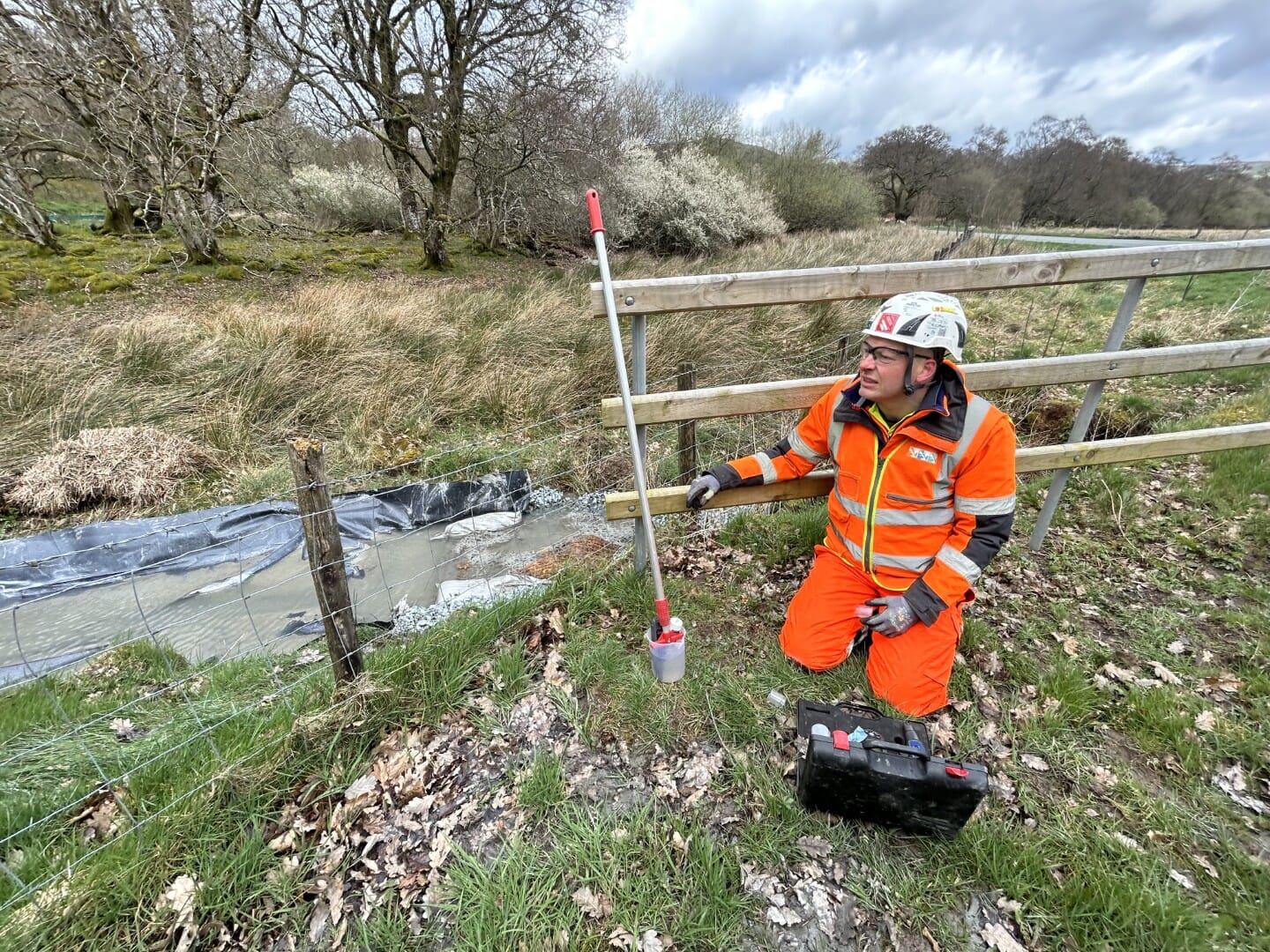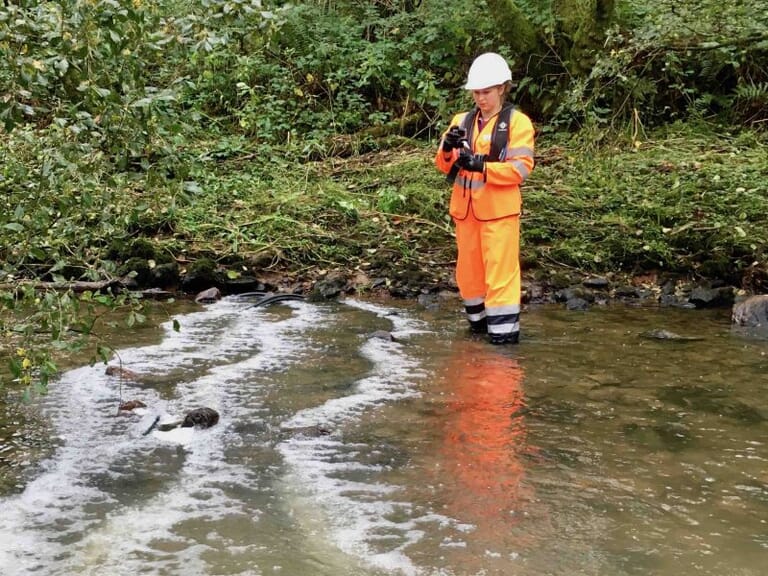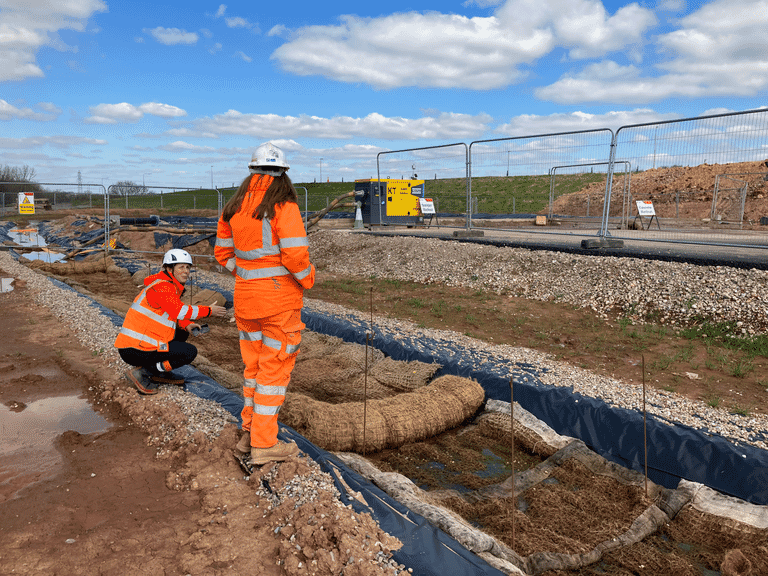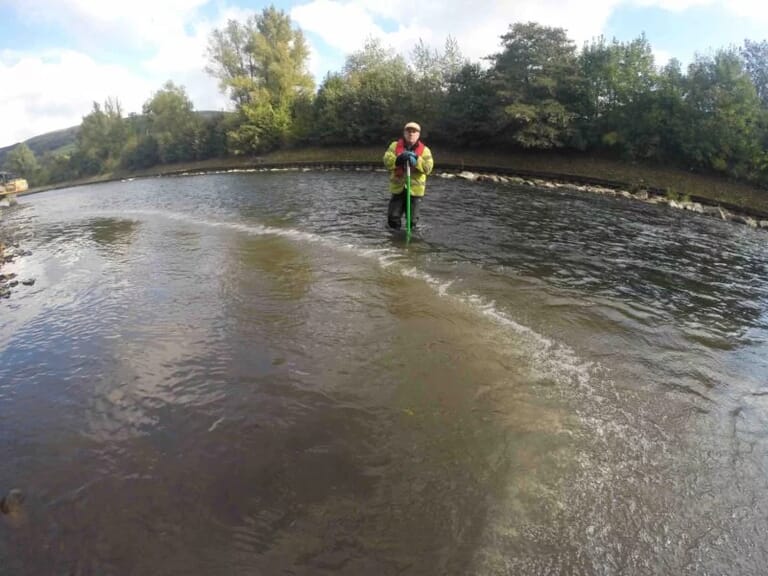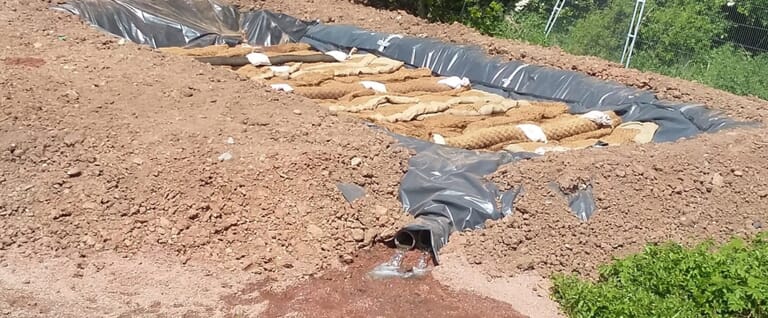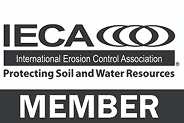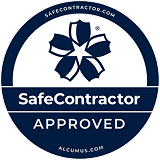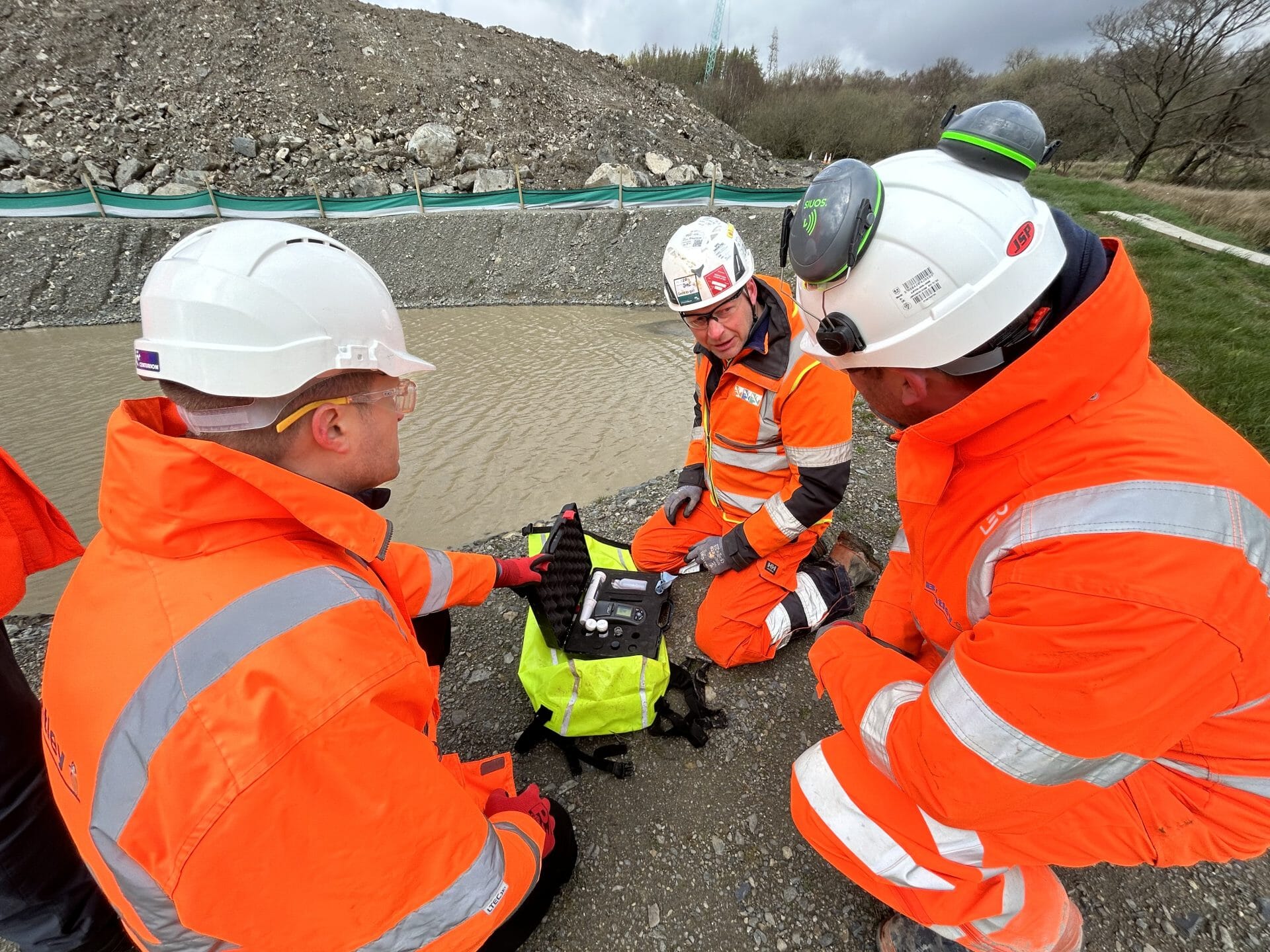
Monitoring water quality during construction
In this guide to monitoring, our technical team shares best practice to help the construction industry with monitoring water quality before it leaves site.
Why monitor?
Surface water which has picked up mud, dirt and debris on its way through site causes silt pollution and can damage the environment. Causing pollution is illegal and can result in hefty fines and reputational damage.
Monitoring water quality during construction provides confidence that the site is meeting regulatory requirements and water quality standards. It safeguards against pollution events that may arise from a change in working method or a new site activity. It is also an important part of maintaining a surface water management plan.
Monitoring requires a commitment from the construction company or their consultant to collect samples and keep records. These records will evidence a proactive approach to pollution control and water management to any regulatory body.
What to monitor
Monitoring does not need to be technically complex or expensive. However, it should be proportionate to the potential sources of pollution, water treatment options, sensitivity of the receiving water bodies and legal obligations of the site.
Commonly used measures of water quality include:
- turbidity (NTU) as a representation of total suspended solids (TSS) – contact us if you would like to receive our detailed guidance note on this topic.
- total suspended solids
- pH
When developing a monitoring plan, you should monitor more than just water quality. Regularly checking the weather forecast and being prepared for long or intense periods of rain over your construction site can play an important role in developing a proactive approach to pollution control.
Where to monitor
Establishing where to monitor is an important consideration for a construction company. Bear in mind your monitoring points may need to change as a project progresses.
Our technical team recommend the following:
- Collect samples at your discharge point
This records the quality of water leaving site and will help prove compliance.
- Monitor within the receiving watercourse upstream of your discharge point
You may want to do this to help establish a background or baseline for water quality. It can also help protect you from being blamed for pollution from other sources which are not your responsibility.
- Monitor downstream of your discharge point
This is useful to demonstrate whether there has been any change in water quality as a result of water discharged from site.
Care should be taken when planning where to monitor. Working near water can be dangerous and staff must always be equipped with the correct PPE and appropriate sample collection equipment. Monitoring activities should be risk assessed on a site specific basis.
How often should monitoring take place?
Construction sites are dynamic environments. Defining when to monitor is a key part of developing a monitoring strategy. The frequency of monitoring might need to change according to the level of risk on site or if there is an incident.
Our technical team suggest:
- Targeted monitoring e.g. after a storm event, can be really useful for gauging how well pollution control measures are performing when put under stress.
- Regular monitoring e.g. hourly, daily or weekly monitoring will help build up a longer term picture of water quality and allow for trend analysis and corrective actions to be defined.
- Immediately following a storm event
To maintain compliance and deliver works responsibly, a monitoring plan must be in place for the whole construction phase. The plan should be reviewed regularly.
An agenda item relating to surface water management should be included in project update meetings. Monitoring results should be reviewed alongside any corrective or preventative actions that have been assigned to improve environmental performance.
Who is responsible for monitoring water quality?
The company in charge of the construction site is accountable for the quality of water leaving the site. Therefore, consider roles and responsibilities and document this as part of your monitoring plan.
Our technical team recommend:
- Having named individuals on a monitoring plan with responsibilities for collecting samples and for reviewing results can help improve accountability on site.
- Make sure staff with responsibilities for collecting samples have received appropriate training and follow a consistent method statement. This will help improve the consistency and accuracy of data.
- Ensure the individuals responsible for reviewing the results of monitoring are empowered to act on that data, so that corrective actions can be allocated and actioned.
- Some types of monitoring are more technical than others. Keep your monitoring plan simple to help make it achievable on site.
- You may decide to appoint independent consultants for additional monitoring data or support.
How to monitor
There are several different approaches to monitoring, all with pros and cons. Most of these have a role to play on major construction projects, here we give a quick overview for your understanding:
Visual monitoring
This is the most simple form of monitoring, and it can be very useful for identifying an issue. What it may lack in objectivity it makes up for in accessibility – anyone working on a construction site can do it. Visual monitoring can play a role in corroborating other types of monitoring data.
Using portable instruments
Using handheld or portable instruments to measure water quality parameters is a more objective monitoring methodology than visual monitoring.
Unlike visual monitoring it also delivers a quantified result rather than a qualitative assessment. However, if portable instruments are not well maintained and calibrated frequently they could end up giving incorrect readings.
Using fixed sensors
Using fixed sensors to measure water quality parameters can be a good investment for longer projects as they can send data via telemetry which means that monitoring can take place from afar.
Automated alerts can also be sent if a threshold is breached and sensors can be adjusted to take results at set time intervals. As with all equipment, the sensors need to be maintained and calibrated. There are specialist companies that offer a holistic service including maintenance of equipment.
Laboratory analysis
In many cases a site may wish to send water samples to a laboratory to have these analysed. The advantage of doing so is that there is a higher level of accuracy with the results produced by a lab.
The primary disadvantage is that lab analysis will often take days before results are returned; reliable information is often needed more quickly on site to make smart and quick decisions. Lab data can be used to corroborate the data gained from other types of monitoring on site listed above.
Monitoring is a critical part of mitigating silt pollution risks from construction sites and keeping the regulators on side.
There are several different types of monitoring, and each has a role to play, but bear in mind when developing a monitoring plan that it should be proportionate to the risk and the legal responsibilities of the site.
And remember, data is only as useful as the skill and knowledge of the individuals undertaking the monitoring, so training and assigning responsibilities are both important pieces of the puzzle in operating a responsible construction site.
We offer free training on the risks of silt on a construction site and you can download our Silt Control Toolbox Talk to communicate key points to your team.
Contact us for supportFrog Environmental are trusted water quality and silt control specialists working with contractors, regulators, and consultants within construction, utilities, marine, coastal, and public sector industries across the UK.
We have decades of experience in advising clients on managing silt and sediment, and industry-leading products to help avoid risks of polluting. We also run training and CPD courses (some are free to attend).
For silt control products, services, training and technical sales support contact our technical team or call 0345 057 4040, or follow our news and updates.
